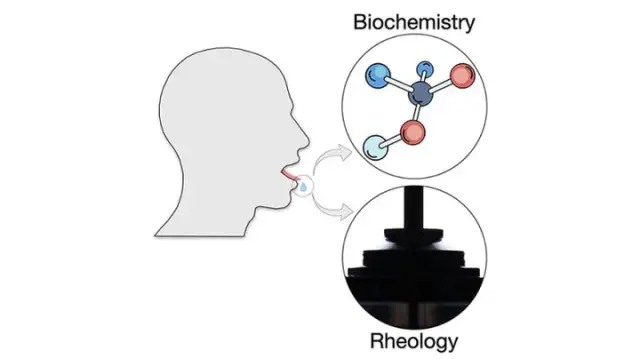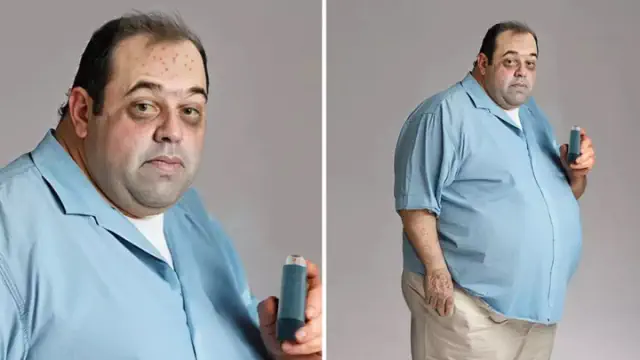
View pictures in App save up to 80% data.
The saliva produced by healthy adults exhibits viscoelastic properties, characterized by shear thinning and a time-dependent recovery behavior.
Saliva plays a crucial role in the processes of chewing and swallowing food, as well as safeguarding the tissues within the mouth. Although it is often overlooked, there are individuals who do not produce an adequate amount of saliva, leading to a condition known as dry mouth.
As an initial step in exploring the phenomenon of dry mouth, Mishra and colleagues investigated the rheological properties of saliva in healthy individuals who exhibit a normal rate of salivary secretion.
“Saliva possesses a sophisticated structure that is challenging to replicate,” stated author Hülya Çevik-Aras. “Current products designed to alleviate dry mouth do not closely resemble saliva and provide only temporary relief. As a result, individuals suffering from dry mouth tend to drink water more frequently. By understanding the rheological and compositional alterations in the saliva of those with dry mouth, we can create new and more effective solutions.”
The study involved collecting saliva samples from 11 adults who exhibited normal saliva production. The researchers assessed various rheological characteristics, including shear time response, and analyzed the levels of proteins, calcium, and glycoproteins present in the samples. Findings indicated that saliva behaves as a viscoelastic substance, exhibiting shear thinning properties and thixotropy—a phenomenon where the material loses viscosity when subjected to shear forces but regains its original consistency when at rest.
Mishra stated, “This study enhances our understanding of the relationship between the biochemical makeup and the rheological characteristics of saliva. Furthermore, it demonstrated that there is a power law correlation between the rheological properties of saliva and its secretion rate.”
The researchers will next examine the saliva of individuals experiencing dry mouth to evaluate potential rheological variations in their saliva when compared to that of healthy adults.
Source: “The complex shear time response of saliva in healthy individuals,” by Ases Akas Mishra, Ulrica Almhöjd, Hülya Çevik-Aras, Amela Fisic, Richard Olofsson, Annica Almståhl, Roland Kádár, Physics of Fluids (2025). The article can be accessed at https://doi.org/10.1063/5.0245979 .










